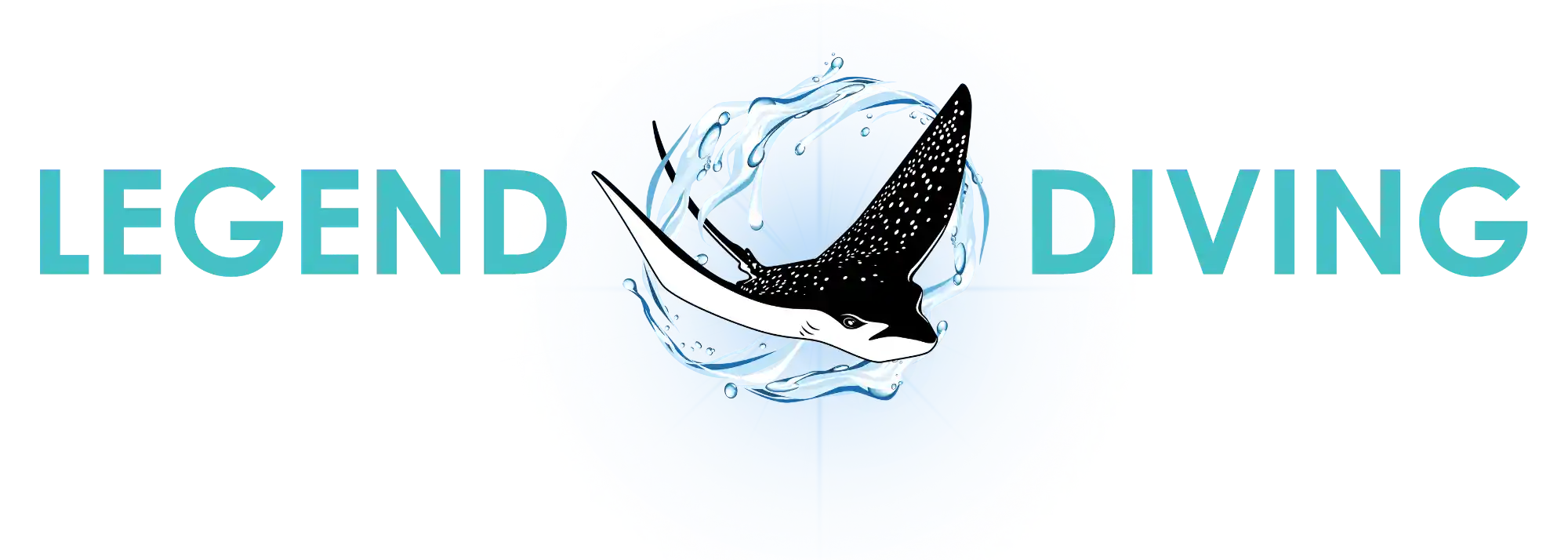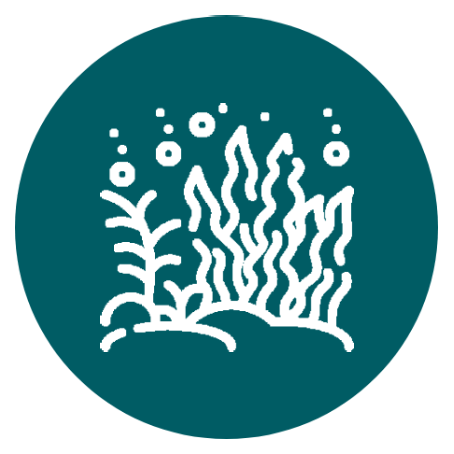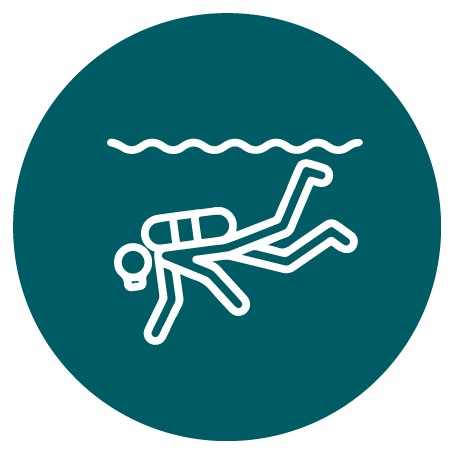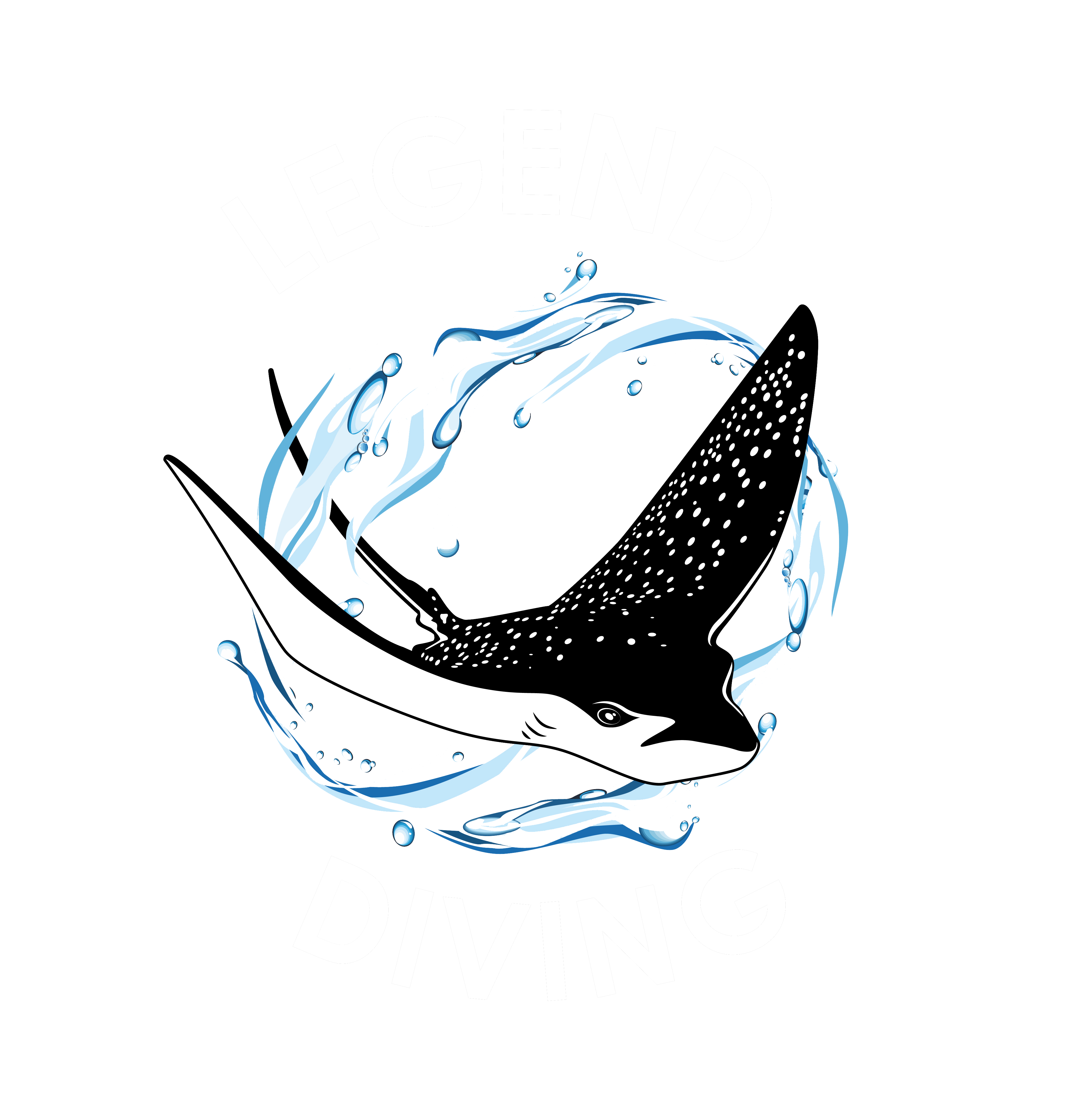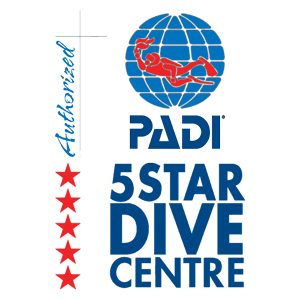
Dedication to protecting our oceans
Reef Health Monitoring
The area is closely monitored throughout the entire year. Furthermore, the partnership of collaboration between the CTC, local government, and the private sector create an annual report. Through that report, we are able to better comprehend the proper ways to manage and protect the area.
One-Step at the Time
We are very lucky to call the Penida Marine Protected Area home. The beautiful Nusa Islands off the southeast located off the coast of Bali. are truly a sight to see. They consist of impressive rocky shorelines and a great richness of marine life. In fact, they are host to 576 species of fish
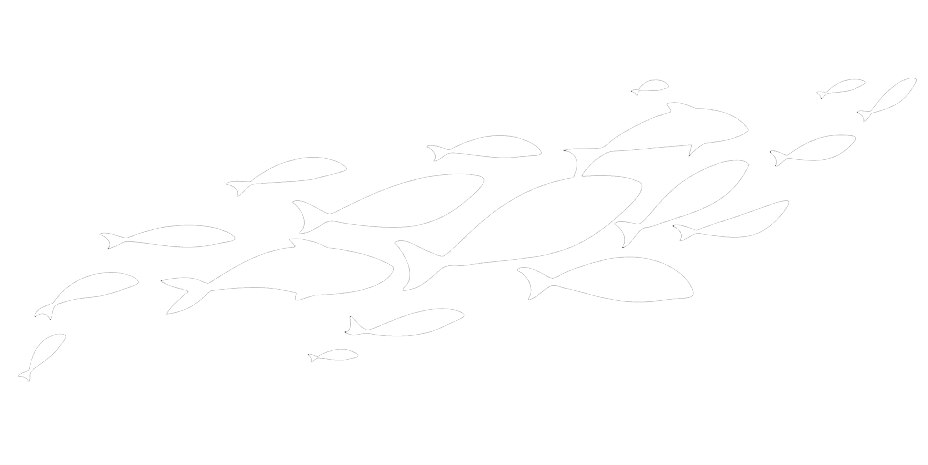
Compassion in Practice
Community Conservation Projects
The local communities recognize the strong economic benefits generated by conservation. The CTC regularly trains local groups focusing on ways to sustainably manage the area.
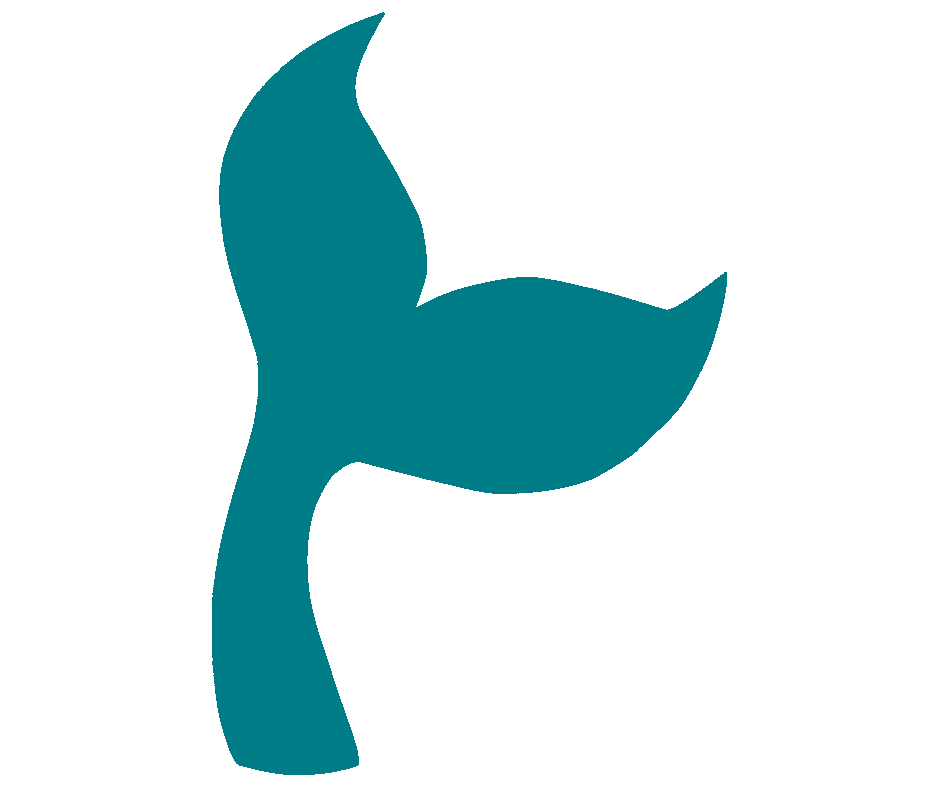
Adhering to Guidelines
Embracing Sustainable Tourism
By recognizing “good tourism”, the CTC allows generations beyond to reap the benefits from the MPA. They do so by collaborating with local tourism operators actively engaged in raising awareness in regard to the zoning system. Both, the Sunfish and the iconic Manta Ray Interaction Code of Conduct governs
Shaping the Future
Field Learning Site
The area represents an exceptional destination for people to learn about conservation. MPA is an excellent training opportunity platform. This includes students, communities, groups, NGOs, and government officials. We are lucky that many groups have chosen this site as a learning ground. Therefore, the discipline of MPA management

Learn Together, Share Freely
Penida PMA Code Of Conduct
During summer 2016, some divers saw an injured whale shark and reported it to the local authority, leading to the Coral Triangle Center (CTC). The pelagic was deadly injured by a boat propeller inside the Nusa Penida Marine Protected Area. Consecutively, the representatives from CTC,

There Are Six Main Zones in the MPA
One-Step at the Time
We are very lucky to call the Penida Marine Protected Area home. The beautiful Nusa Islands off the southeast located off the coast of Bali. are truly a sight to see. They consist of impressive rocky shorelines and a great richness of marine life. In fact, they are host to 576 species of fish

Dedication to protecting our oceans
Reef Health Monitoring
The area is closely monitored throughout the entire year. Furthermore, the partnership of collaboration between the CTC, local government, and the private sector create an annual report. Through that report, we are able to better comprehend the proper ways to manage and protect the area.

Compassion in Practice
Community Conservation Projects
The local communities recognize the strong economic benefits generated by conservation. The CTC regularly trains local groups focusing on ways to sustainably manage the area.

Adhering to Guidelines
Embracing Sustainable Tourism
By recognizing “good tourism”, the CTC allows generations beyond to reap the benefits from the MPA. They do so by collaborating with local tourism operators actively engaged in raising awareness in regard to the zoning system. Both, the Sunfish and the iconic Manta Ray Interaction Code of Conduct governs

Shaping the Future
Field Learning Site
The area represents an exceptional destination for people to learn about conservation. MPA is an excellent training opportunity platform. This includes students, communities, groups, NGOs, and government officials. We are lucky that many groups have chosen this site as a learning ground. Therefore, the discipline of MPA management

Learn Together, Share Freely
Penida PMA Code Of Conduct
During summer 2016, some divers saw an injured whale shark and reported it to the local authority, leading to the Coral Triangle Center (CTC). The pelagic was deadly injured by a boat propeller inside the Nusa Penida Marine Protected Area. Consecutively, the representatives from CTC,

